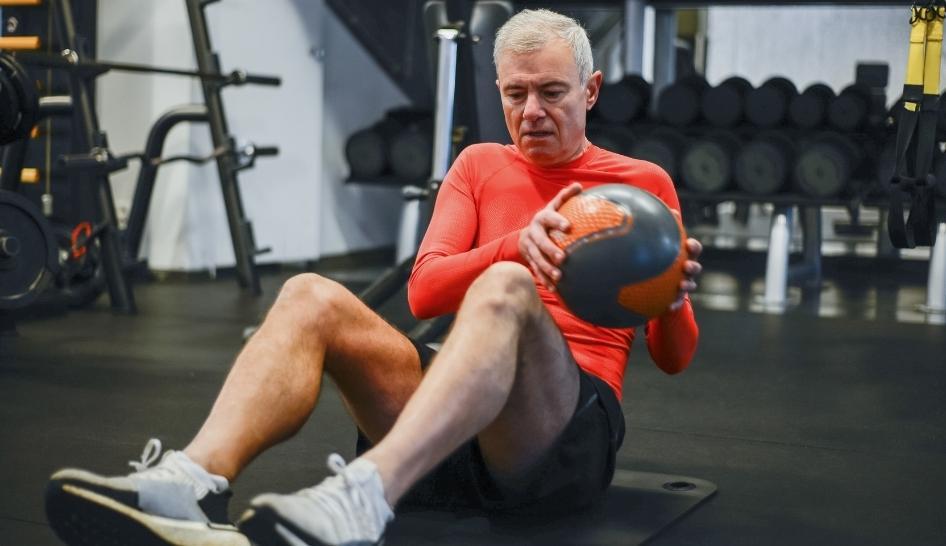As I shared in my education session at IHRSA 2021 in Dallas last October, fitness is the answer to the healthcare crisis in the U.S. As health club operators and fitness professionals, you live and breathe this mission/purpose. The challenge is to enlighten the public about the healthcare crisis and educate them on the small, realistic steps to improve the quantity and quality of life through fitness.
What is the healthcare crisis in America today?
The rising cost of healthcare in this country affects the functionality of the government and the economy. The U.S. spends almost $4 billion per year on healthcare expenditures but ranks thirty-fourth in longevity. So, where does that money go? Of the $3.6 trillion spent on healthcare, most go to hospitalization. A good portion of American employees’ salaries goes toward healthcare—with an almost punitive effect if someone in that person’s family gets sick, rising from 12% to about 20% in healthcare expenditures.
Chronic disease drives the cost of healthcare, primarily starting with the cause of obesity. The Centers for Disease Control and Prevention show more than one-third of U.S. adults are obese, and more than two-thirds of adults are overweight or obese. Annually, obesity-related preventable chronic diseases cause 7 in 10 deaths, accounting for roughly 75% ($2.7 trillion) of the $3.6 trillion spent on medical care in this country, and 9% of that goes to prescriptions. Decreasing obesity levels means a tremendous gain in dollar savings—a person whose obese spends approximately $1,500 more on healthcare per year.


